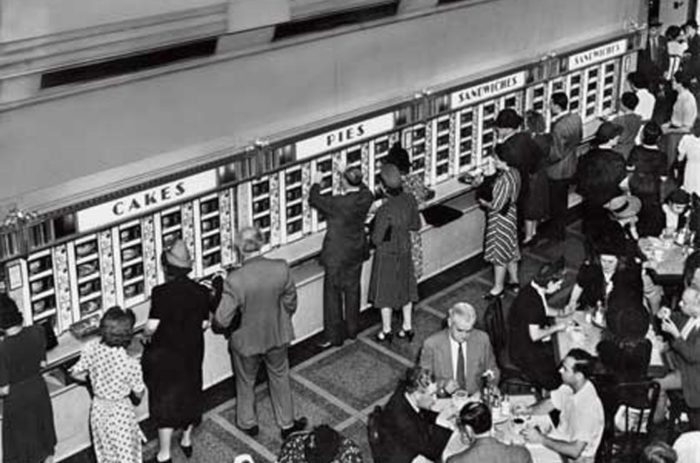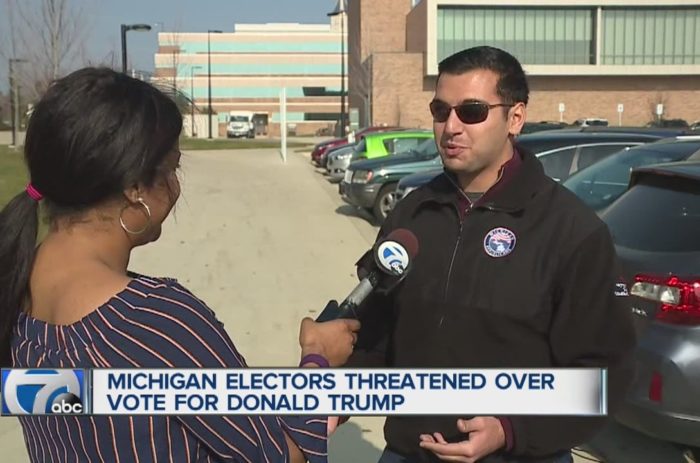
The following is an excerpt from OpinionJournal’s “Best of the Web” at WSJ written by the editor, James Taranto.
Shortest Books Ever Written
“What Happens When Your End-of-the-World Prediction Is Wrong”—headline, Washington Post website, Oct. 10
California Gov. Jerry Brown
“Gov. Jerry Brown vetoed a measure Sunday that would have allowed terminally ill patients easier access to experimental treatments that have not yet been approved by the federal government,” the Los Angeles Times reports from Sacramento.
“Patients with life threatening conditions should be able to try experimental drugs,” the governor opined in his veto message. “The United States Food and Drug Administration’s compassionate use program allows this to happen. . . . Before authorizing an alternative state pathway, we should give this federal expedited program a chance to work.”
The FDA announced that expedition – which applies only to drugs that have already been proved safe – last February, as The Wall Street Journal noted in an editorial at the time:
The current form used by such patients for access to unapproved drugs is so complex that it takes about 100 hours to complete it and requires seven attachments. The new form will take 45 minutes, asks attending physicians to fill in eight pieces of patient information and requires one attachment.
For sick patients seeking access to experimental drugs this would appear to rank with Moses parting the Red Sea. It is surely less than that, but patient groups already know it takes an army to move the FDA bureaucracy.
The Journal credited the FDA change to state-level activists who pushed for “right to try” legislation, which “allow patients and doctors to negotiate directly with drug companies for access to experimental drugs.” Five states enacted such laws last year “with wide bipartisan majorities,” the Journal notes. “Another 26 states, including California and Florida, may follow.”
Florida did, and California still may. Florida’s bill passed with only a single dissenting vote, and Gov Rick Scott signed it into law in June. California’s bill could still become law; it passed the state Senate 40-0 and the Assembly 76-2, so supporters shouldn’t have any trouble mustering enough support for a veto override.
Brown’s stated rationale for his veto is peculiar—and, when set alongside another recent decision, downright bizarre. He urges a wait-and-see approach to the new FDA procedures. Such an attitude is often prudent, but in this case he is attempting to impose it on terminally ill patients—that is, on people who by definition cannot afford to wait and see. The urgency of their situation is precisely why the FDA’s ordinary drug-approval procedures are grossly inadequate, as even Gov. Brown acknowledges.
Further, Brown’s deference toward Washington when it comes to right-to-try runs counter to other state policies. California permits physicians to prescribe marijuana, which the Drug Enforcement Administration classifies as a Schedule I substance, meaning (among other things) it has “no currently accepted medical use in treatment in the United States.”
A decade ago California’s pot policy went all the way to the Supreme Court, which held in Gonzales v. Raich that the restrictive federal law supersedes the permissive state one—even as applied to the appellee, who was growing the stuff for her personal use only in compliance with state law.
That doesn’t necessarily indicate an inconsistency on the governor’s part. He inherited the medical-marijuana regime, which was enacted by ballot initiative during the inter-Brown years. And as the San Francisco Chronicle reports, last week he signed legislation imposing “stringent and comprehensive regulations” on the cannabis industry:
[The new regs] create an enforceable framework for governing virtually every aspect of the business in California—from licensing and taxation to quality control, shipping, packaging and pesticide standards. . . .
“This new structure will make sure patients have access to medical marijuana, while ensuring a robust tracking system,” the governor said in his signing message. “This sends a clear and certain signal to our federal counterparts that California is implementing robust controls not only on paper, but in practice.”
He was referring to federal laws that don’t recognize the legitimacy of state medicinal marijuana laws.
Another Brown decision, however, is very much at odds with his veto of right-to-try. As the Los Angeles Times reports:
Caught between conflicting moral arguments, Gov. Jerry Brown, a former Jesuit seminary student, signed a measure [last] Monday allowing physicians to prescribe lethal doses of drugs to terminally ill patients who want to hasten their deaths.
Brown appeared to struggle in deciding whether to approve the bill, whose opponents included the Catholic Church.
“In the end, I was left to reflect on what I would want in the face of my own death,” Brown wrote in a signing message. “I do not know what I would do if I were dying in prolonged and excruciating pain. I am certain, however, that it would be a comfort to be able to consider the options afforded by this bill. And I wouldn’t deny that right to others.”
On this issue Supreme Court precedent is on California’s side: In Gonzales v. Oregon (2006), the justices held that the U.S. attorney general had exceeded his statutory authority in applying the Controlled Substances Act against the use of (otherwise permitted) drugs for suicide.
But the governor does not appear to have been preoccupied with such legal niceties as he deliberated over the suicide bill. The Times notes that “the issues raised by the legislation are personal ones for Brown, who has survived multiple brushes with cancer and has lost family members”:
Death has been a source of humor, such as in May when he ruminated on the pointlessness of pursuing perfect solutions in an imperfect world.
“It’s messy, there’s suffering, and in the end we all die,” Brown said in a speech to a business group. “When you’re 77, by the way, that’s something that’s a little more imminent.”
It seems only fair to laugh at death, since it is assured of getting the last laugh at the expense of each of us. But there’s no humor in the suicide bill’s title, the End of Life Option Act—a euphemism that takes on Orwellian overtones in light of the governor’s refusal yesterday to sanction other options for the terminally ill.
What accounts for that inconsistency? Here’s one factor that may play a role: California is on the hook for millions of state employees’ and retirees’ generous medical benefits. When one of them receives a terminal diagnosis, it’s a lot cheaper to hasten his death than to attempt to prolong his life.
For more “Best of the Web” click here and look for the “Best of the Web Today” link in the middle column below “Today’s Columnists.”



